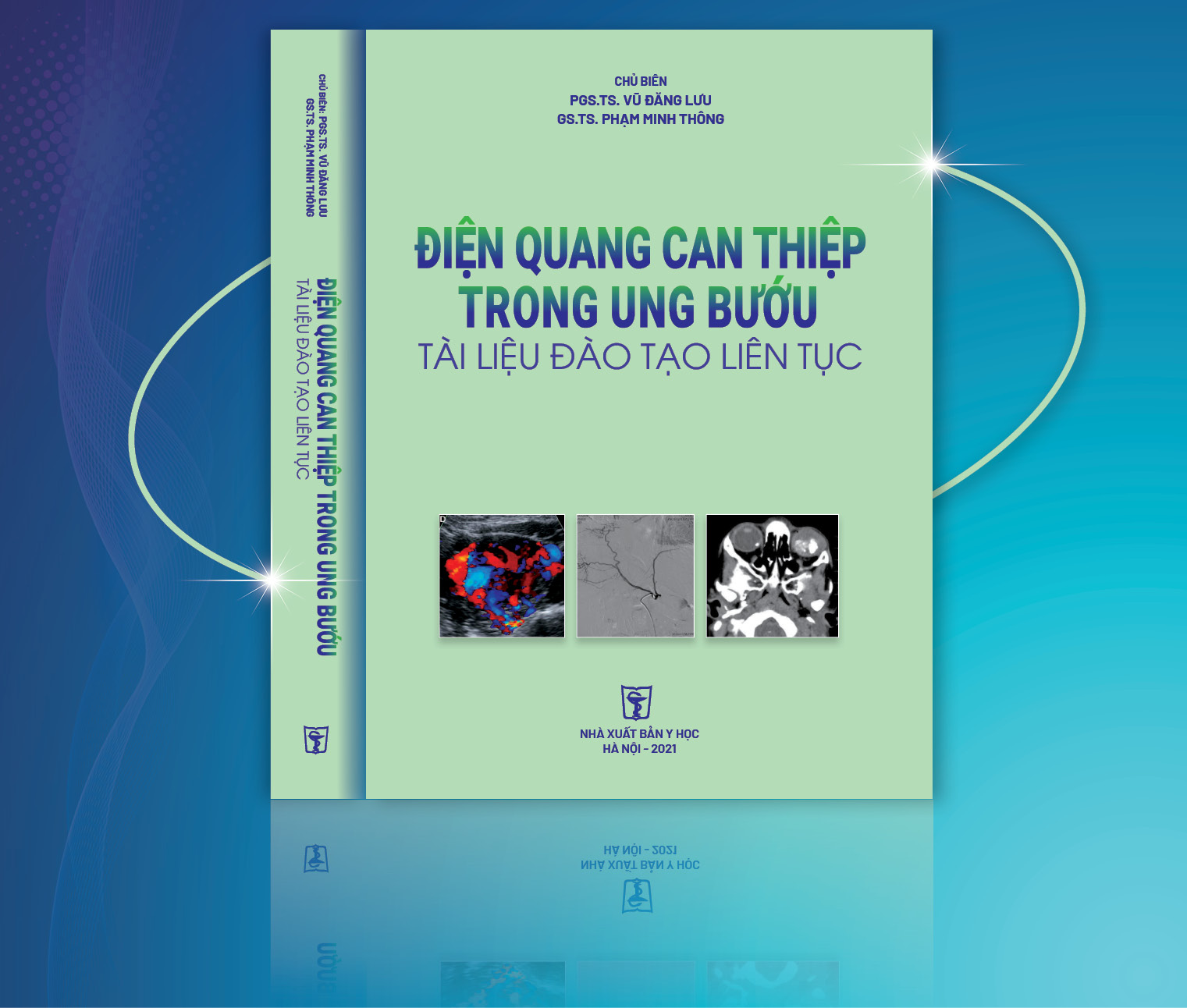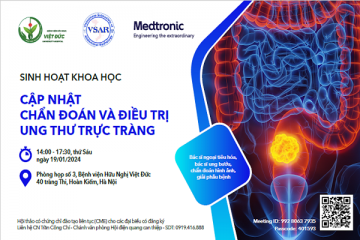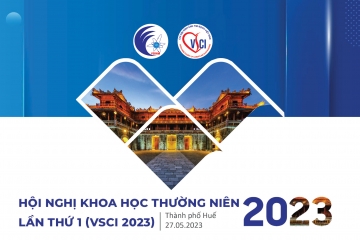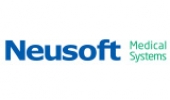Vai trò của X-quang cắt lớp vi tính trong chẩn đoán tụ dịch ổ bụng sau mổ
Roles of computed tomography in diagnosis of postoperative abdominal fluid collections
SUMMARY
Objectives: The purpose of this study was to determine whether the separate computed tomographic imaging features or their combination with clinical and laboratory parameters could distinguish infected from noninfected abdominal fluid collections after surgery.
Materials and Methods: The cross-sectional descriptive study included 68 consecutive patients who underwent portal venous phase CT on 64 and 128 multidetector CT at the University Medical Center HCMC from 01/2014 to 03/2017. Imaging findings included attenuation (Hounsfield unit – HU), entrapped gas, wall enhancement and thickness, fat stranding, and volume of fluid collections. Clinical and laboratory parameters included diabetes and C-reactive protein. The standard of reference for the presence of infection was microbiological Gram stain and culture of fluid samples. A scoring system from 1 to 10 included diabetes: 2 points; CRP ≥ 100mg/L: 1 points; attenuation of fluid collections ≥ 20HU: 4 points; entrapped gas: 3 points.
Results: CT imaging features (attenuation of fluid collections, entrapped gas) was significantly associated with the presence of infection. Sensitivities of these features varied between 56.5-87%, specificities between 68.2-81.8%, LR(+) 2.74-3.1, LR(-) 0.19-0.53. Multiple logistic regression analysis revealed attenuation of fluid collections and entrapped gas as significant independent predictors of infection (p<0.01), consecutive OR were 166.1 (95% confedence interval [CI], 7.52-3670) and 14.77 (95% CI, 1.44- 392.78). Based on using the CT-clinical-laboratory scoring system, scores of 3 or lower had a 100% negative predictive value, scores of 6 or higher had an 86,8% positive predictive value and scores of 7 or higher had a 96,7% positive predictive value for diagnosing infected fluid collections. Receiver operating characteristic analysis revealed an area under the curve of 0.86 (95% CI, 0.77- 0.94) for the score.
Conclusion: Based on computed tomographic imaging features alone for distinguishing infected from noninfected abdominal fluid collections is still limited. CT had a low capability to confirm and could not be used to rule out the presence of infection. The application of the CT-clinical-laboratory scoring system may improve the ability to predict infected fluid collections after abdominal surgery.
Key Words: postoperative, abdominal cavity, fluid collections, abscess, computed tomography (CT).
TÓM TẮT
Mở đầu: Là một trong những phương tiện hình ảnh đóng vai trò quan trọng trong quản lý, theo dõi các trường hợp tụ dịch ổ bụng sau mổ, nghiên cứu thêm XQCLVT có thể giúp cải thiện chẩn đoán và chọn lựa điều trị thích hợp. Mục tiêu: Xác định các đặc điểm hình ảnh trên XQCLVT riêng lẻ và sự phối hợp với các yếu tố lâm sàng – xét nghiệm huyết học có giúp chẩn đoán phân biệt tụ dịch ổ bụng sau mổ nhiễm khuẩn hay vô khuẩn.
Đối tượng và phương pháp nghiên cứu: Nghiên cứu cắt ngang mô tả 68 bệnh nhân tụ dịch ổ bụng sau mổ tại bệnh viện Đại Học Y Dược TPHCM từ 01/2014 đến 03/2017. Đặc điểm hình ảnh trên XQCLVT được phân tích gồm đậm độ dịch, khí trong ổ tụ dịch, tăng quang viền, độ dày thành, thể tích dịch và thâm nhiễm mỡ. Yếu tố lâm sàng và huyết học gồm tiền sử đái tháo đường, trị số CRP huyết thanh. Tiêu chuẩn chẩn đoán tụ dịch có nhiễm khuẩn là kết quả nhuộm Gram và cấy kháng sinh đồ mẫu dịch. Tính điểm theo bảng điểm kết hợp XQCLVT – lâm sàng – huyết học từ 1 đến 10 gồm đái tháo đường: 2 điểm; CRP ≥ 100mg/L: 1 điểm; đậm độ dịch ≥ 20HU: 4 điểm; khí trong ổ tụ dịch: 3 điểm.
\Kết quả: Các đặc điểm hình ảnh đậm độ dịch và khí trong ổ tụ dịch có tương quan có ý nghĩa với sự hiện diện của nhiễm khuẩn. Độ nhạy của các đặc điểm này dao động giữa 56,5-87%, độ đặc hiệu 68,2-81,8%, LR(+) 2,74-3,1, LR(-) 0,19-0,53. Phân tích hồi quy đa biến xác định được đậm độ dịch (≥ 20HU) và khí trong ổ tụ dịch là 2 yếu tố tiên lượng độc lập chẩn đoán tụ dịch nhiễm khuẩn (p<0,01), với OR lần lượt là 166,1 (KTC 95% 7,52-3670) và 14,77 (KTC 95% 1,44-392,78). Bảng điểm kết hợp XQCLVT-lâm sàng-huyết học: ≤ 3 điểm có NPV 100%, ≥ 6 điểm có PPV 86,8%, ≥ 7 điểm có PPV 96,7% trong chẩn đoán tụ dịch có nhiễm khuẩn. Phân tích đường cong ROC của bảng điểm cho giá trị AUC là 0,86 (KTC 95% 0,77-0,94).
Kết luận: Khi có đậm độ dịch ≥ 20HU, khí trong ổ tụ dịch thì xác suất nhiễm khuẩn gia tăng. Tuy nhiên, dựa trên các đặc điểm XQCLVT riêng lẻ để chẩn đoán phân biệt tụ dịch ổ bụng sau mổ có nhiễm khuẩn hay vô khuẩn thì còn hạn chế: khả năng xác định bệnh thấp và không giúp loại trừ bệnh. Sử dụng bảng điểm kết hợp XQCLVT-lâm sàng-huyết học góp phần cải thiện khả năng dự đoán tình trạng nhiễm khuẩn của tụ dịch sau mổ.
Từ khóa: Tụ dịch, áp xe, ổ bụng, sau mổ, Xquang cắt lớp vi tính.
Bạn Đọc Quan tâm
Sự kiện sắp diễn ra
Thông tin đào tạo
- Những cạm bẫy trong CĐHA vú và vai trò của trí tuệ nhân tạo
- Hội thảo trực tuyến "Cắt lớp vi tính đếm Photon: từ lý thuyết tới thực tiễn lâm sàng”
- CHƯƠNG TRÌNH ĐÀO TẠO LIÊN TỤC VỀ HÌNH ẢNH HỌC THẦN KINH: BÀI 3: U não trong trục
- Danh sách học viên đạt chứng chỉ CME khóa học "Cập nhật RSNA 2021: Công nghệ mới trong Kỷ nguyên mới"
- Danh sách học viên đạt chứng chỉ CME khóa học "Đánh giá chức năng thất phải trên siêu âm đánh dấu mô cơ tim"













Bình luận